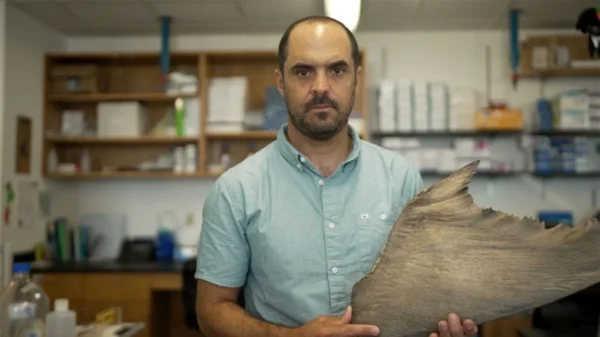In recent years, there has been a growing awareness of the importance of environmental education in schools. With the increasing concern about climate change and the need for sustainable practices, schools worldwide are taking steps to go green and teach their students about environmental conservation.
The Importance of Environmental Education
Environmental education plays a crucial role in shaping the future of our planet. By teaching students about the environment, sustainability, and conservation, schools are equipping them with the knowledge and skills to become responsible global citizens. This education helps students understand the impact of their actions on the environment and empowers them to make informed decisions that benefit both the planet and future generations.
Green Initiatives in Schools
Schools around the world are implementing various green initiatives to promote environmental education and sustainability. Some of these initiatives include:
1. Recycling Programs
Many schools have implemented recycling programs to reduce waste and promote responsible waste management. Students are taught the importance of recycling and are encouraged to separate recyclable materials from their regular waste. This not only reduces the amount of waste that goes to landfills but also instills a sense of responsibility in students towards the environment.
2. Energy Conservation
Schools are also focusing on energy conservation by implementing energy-efficient practices. This includes using energy-saving light bulbs, turning off lights and appliances when not in use, and promoting natural lighting and ventilation. By reducing energy consumption, schools not only save on utility bills but also reduce their carbon footprint.
3. Sustainable Gardens
Many schools have started incorporating sustainable gardens into their curriculum. These gardens serve as outdoor classrooms where students learn about plant life, gardening techniques, and the importance of biodiversity. Students are involved in planting and maintaining the gardens, which helps them develop a deeper connection with nature and understand the importance of sustainable agriculture.
4. Environmental Clubs
Environmental clubs are becoming increasingly popular in schools worldwide. These clubs provide a platform for students to come together and work on environmental projects, organize awareness campaigns, and participate in community clean-up activities. By joining these clubs, students develop leadership skills and a sense of responsibility towards the environment.
The Benefits of Environmental Education
Integrating environmental education into the curriculum offers numerous benefits for students, schools, and the environment:
1. Improved Academic Performance
Studies have shown that environmental education improves academic performance. By incorporating real-life environmental issues into the curriculum, students are more engaged and motivated to learn. This hands-on approach to education enhances critical thinking, problem-solving, and creativity skills.
2. Increased Environmental Awareness
Environmental education raises awareness about the importance of environmental conservation and the impact of human activities on the planet. Students become more conscious of their actions and make informed choices that promote sustainability. They develop a sense of responsibility towards the environment and are more likely to adopt eco-friendly practices in their daily lives.
3. Positive Impact on Health and Well-being
Spending time in nature has been proven to have numerous health benefits, including reduced stress levels, improved mental well-being, and increased physical activity. By incorporating environmental education and outdoor activities into the curriculum, schools promote the overall health and well-being of their students.
4. Long-term Environmental Stewardship
By instilling a sense of environmental stewardship in students from a young age, schools are creating a generation of individuals who are committed to protecting the environment. These students will carry their knowledge and values into adulthood, making sustainable choices and working towards a greener future.
Conclusion
Environmental education is a vital component of a well-rounded education. Schools worldwide are recognizing the importance of teaching students about the environment and are implementing various green initiatives to promote sustainability. By equipping students with the knowledge and skills to become responsible global citizens, schools are playing a crucial role in creating a greener and more sustainable future.
































